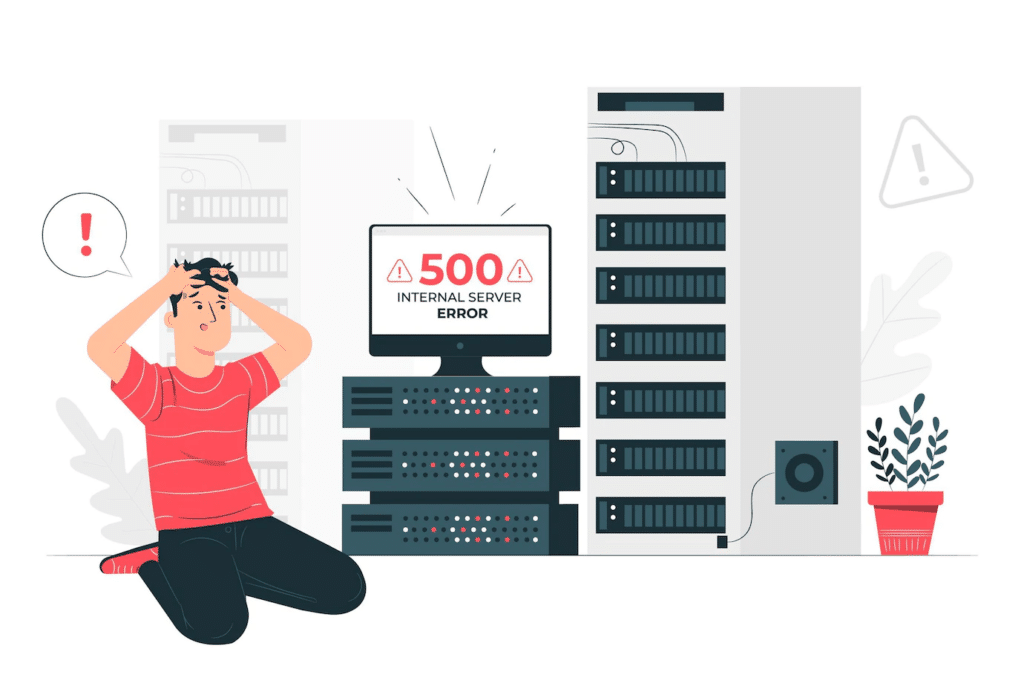Error 500 is an internal server error that can occur when accessing a website. It can be caused by too many people accessing the website, file errors, or server issues. Causes of error 500 include corrupt .htaccess files, plugin conflicts, and PHP memory limits. To fix the error, you can try reloading the page, clearing browser cache and cookies, and checking for corrupt files. For WordPress websites, you can also check themes and plugins, increase PHP memory limits, and check hosting compatibility. If the error persists, contacting the hosting provider for assistance may be necessary.
Error 500, also known as “Internal Server Error”, occurs when there are issues with the server hosting a website, causing temporary errors. This could be due to a high volume of users accessing the site simultaneously, errors in files like .htaccess, or server misconfigurations. Common error messages related to error 500 include “Temporary Error (500)” and “HTTP Error 500”.
When troubleshooting error 500, it’s essential to consider potential causes such as a corrupt .htaccess file, conflicting plugins, PHP memory limitations, or server application errors. If the server gets overloaded with too many users accessing it simultaneously, error 500 may occur as well.
To address error 500 on WordPress websites, several simple steps can be taken. First, try reloading the website page by pressing F5 or clearing the browser’s cache. Deleting cookies and ensuring the PHP memory limit is sufficient can also help resolve the issue.
If the error persists, further troubleshooting steps may be necessary. Checking for a corrupt .htaccess file, disabling plugins, updating themes, and increasing PHP memory are all actions that can be taken to fix error 500. If all else fails, contacting the hosting provider for assistance is recommended.
In conclusion, error 500 can be a frustrating issue, but with the right approach and troubleshooting steps, it can be resolved effectively. By following these guidelines, you can tackle error 500 and ensure smooth website operation for users.



